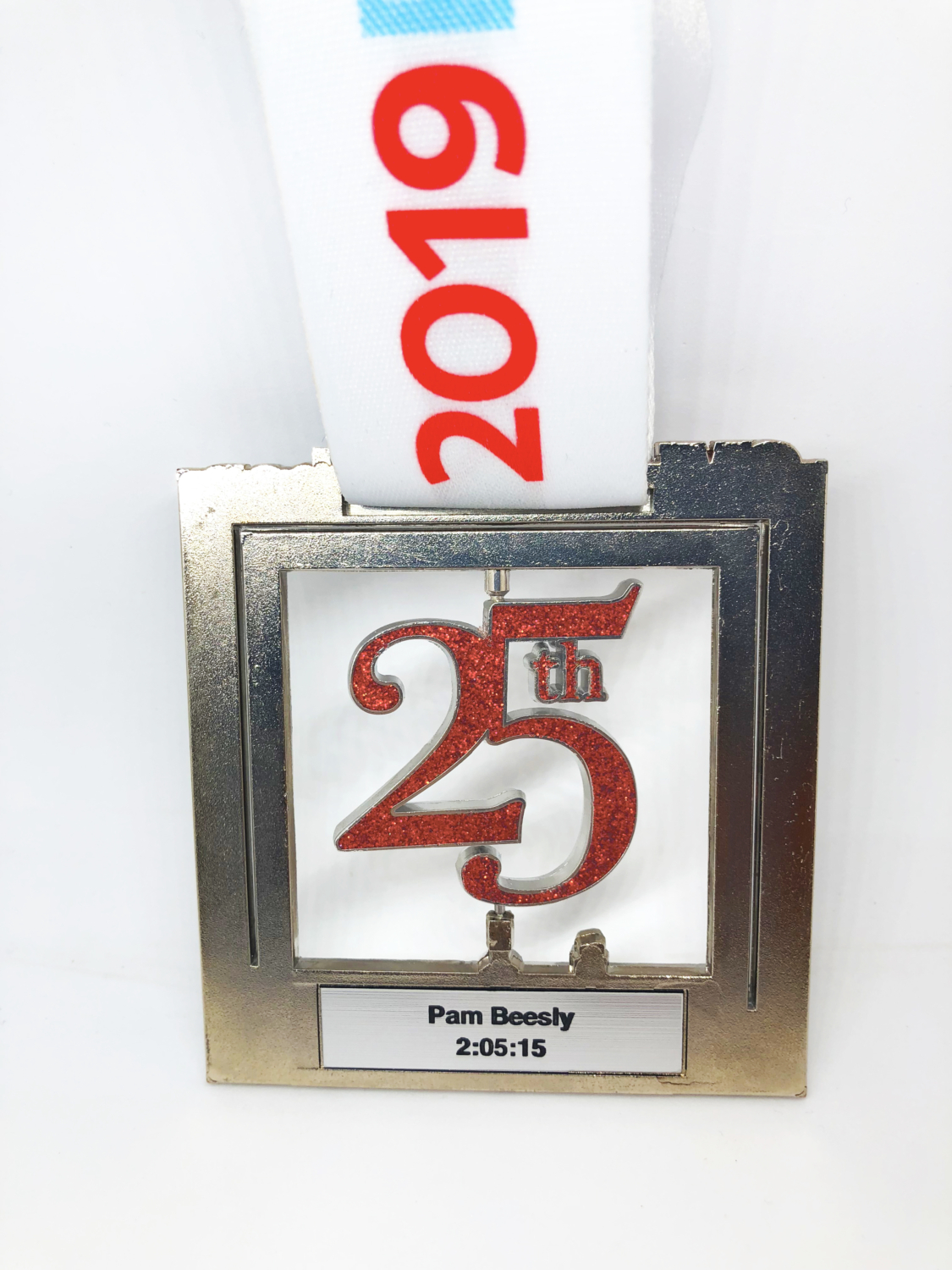Explore Miles 1-6 of the 3M Half Marathon course and get to know Austin better
You can’t run a few miles in Austin without passing a delicious restaurant or unique location. This is evident along Miles 1-6 of the 3M Half Marathon course. We highlight some of our favorite on-course spots, including Oskar Blues Brewery, our Official Beer sponsor! Whether you’re an Austinite or in town for the 3M Half Marathon presented by Under Armour, get to know Austin with our list of seven on-course locations. Enjoy! Pro tip: stay tuned for Miles 7-13.
NXNW Restaurant and Brewery (near the start line)
North by Northwest (10010 N. Capital of Texas Hwy.) has been a north Austin staple since it opened in 1999. NXNW is known for its generous helpings of food and their restaurant’s homey feel. We strongly recommend anything on their brunch menu, especially their Waffle and Spicy Chicken Stack! Pro tip: park near the start line on race day, take the shuttle at the finish line back to your car, and visit them for brunch (they open at 10:00 a.m.).
The Domain (Mile 1.5)
This sprawling, upscale outdoor mall (11410 Century Oaks Terrace) is home to some of North Austin’s finest dining, shopping, and nightlife. It offers everything downtown offers, but with more parking! However, our favorite place at The Domain is the HOPE Outdoor Gallery public mural installations in Rock Rose District. This art represents and replaces the world-renowned downtown community paint park (11th and Baylor St.) that is now closed.
Oskar Blues Brewery (near Mile 2.5)
Oskar Blues (10420 Metric Blvd Ste. 150) has been the 3M Half Marathon’s Official Beer since they moved to Austin in 2016. Their 50,000 square foot facility brews their entire line-up and regularly hosts live music. OBATX is a great place to relax and unwind pre- and post-race! Pro tip: show them your 3M Half Marathon bib and your first beer is on the house!
Austin Opera (Mile 3)
Check out the Austin Opera (3009 Industrial Terrace) calendar and plan your next night out on the town! The Opera was founded in 1986 and has provided cultural nourishment to the Central Texas community ever since. Check out their upcoming events and support their youth initiatives.
Camp Gladiator HQ (Mile 3.5)
Camp Gladiator Trainers will support and encourage you on race day at several cheer stations along the course. Keep an eye out for them, especially at CG HQ (9185 Research Blvd.). If you workout at one of their 3500+ locations across the country, visit HQ when you’re in town and show them some love.
District Kitchen (Mile 5.5)
District Kitchen (7858 Shoal Creek Blvd.) partners with local farms and businesses to create what they call New American Cuisine. Their seasonal menu pairs perfectly with their extensive wine and cocktail list. Refuel after you complete the 3M Half Marathon, District Kitchen’s brunch menu has something for everyone!
Be More Pacific Filipino Kitchen and Bar (Mile 5.5)
What started as a food truck serving Filipino cuisine in 2011 grew to the brick and mortar that exists today (7858 Shoal Creek Blvd.) Be More Pacific serves everything from homemade Filipino specialties to bar food. Their wide-ranging brunch menu is only available on Sundays. That’s right, another amazing post-3M Half Marathon brunch option!
Miles 1-6 of the 3M Half Marathon course features flavorful options and a place to enjoy a relaxing night out. Add these hot spots to your must-visit list and get to know Austin even more. Don’t worry, we still have to visit Miles 7-13! Did your favorite on-course spot make our list? If not, let us know what it is on Facebook or Twitter.








